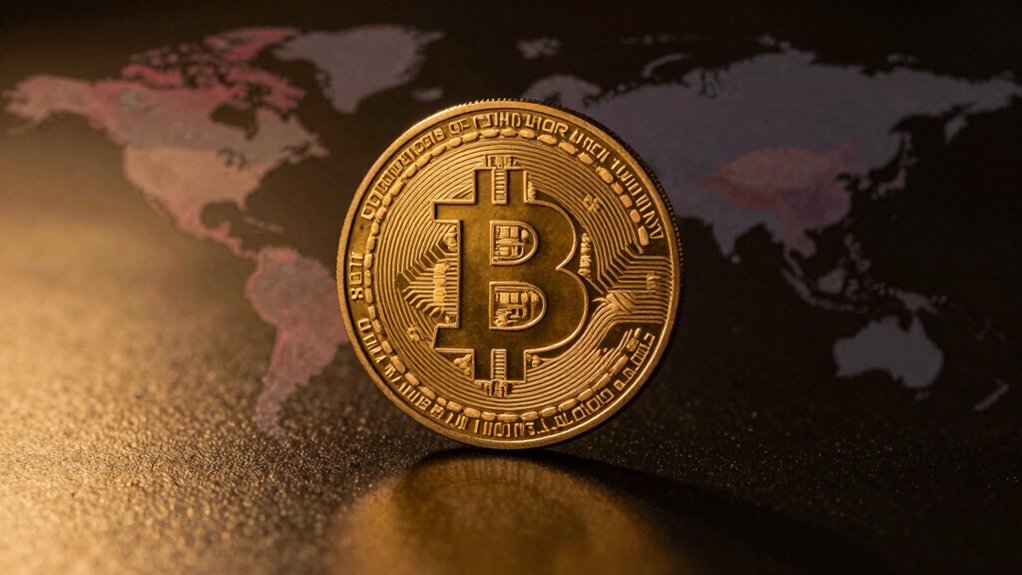A spectacle of self-promotion unfolded on July 24, 2025, when Justin Sun, the ever-controversial founder of TRON, arrogantly seized the Nasdaq opening bell to herald Tron Inc.’s rebranding and Nasdaq debut—an ostentatious gesture aimed less at genuine innovation and more at seducing investors with the veneer of institutional legitimacy, despite the volatile crypto landscape and regulatory headwinds that continue to expose blockchain ventures’ precarious footing. This carefully choreographed display, broadcast live from Times Square’s Nasdaq MarketSite, might have dazzled the uncritical eye, but beneath its glossy announcement lurked persistent shadows of market manipulation allegations and formidable regulatory challenges that have dogged the crypto industry’s every step. The ceremony symbolized Tron’s strategic effort to align with mainstream financial infrastructure through traditional financial rituals, emphasizing blockchain innovation. However, businesses like Tron must also grapple with the IRS classification of their digital assets, which treats cryptocurrencies as property and triggers complex taxable events.
The timing of this public spectacle was hardly coincidental, coinciding with significant regulatory shifts worldwide, including Brazil’s introduction of structured financial products targeting digital assets—a clear indication that governments are tightening the noose around crypto’s less transparent corners. Sun’s attempt to position Tron Inc. as a bridge between traditional finance and decentralized innovation glosses over the persistent skepticism about the company’s governance and the broader sector’s susceptibility to price manipulation, regulatory scrutiny, and the speculative frenzy that inflates valuations without delivering sustainable value. The Nasdaq listing, while symbolically powerful, cannot mask the uneasy reality that blockchain enterprises like Tron operate in a landscape riddled with compliance uncertainties and market volatility that threaten their survival.
Despite boasting impressive transaction volumes and on-chain revenues, Tron’s narrative remains entangled in a complex web of investor skepticism and regulatory vigilance. In Q2 2025 alone, Tron processed over 784 million transactions, underscoring its significant network activity yet failing to fully quell doubts about its long-term stability. The spectacle of ringing the opening bell, thus, serves less as a testament to blockchain’s maturation and more as a calculated gambit designed to distract and entice, rather than to confront the hard truths that underpin the crypto market’s ongoing instability. Moreover, the tax implications of Tron’s activities, including transaction fees and mining rewards, introduce additional layers of complexity that businesses must navigate to remain compliant with evolving tax laws.









